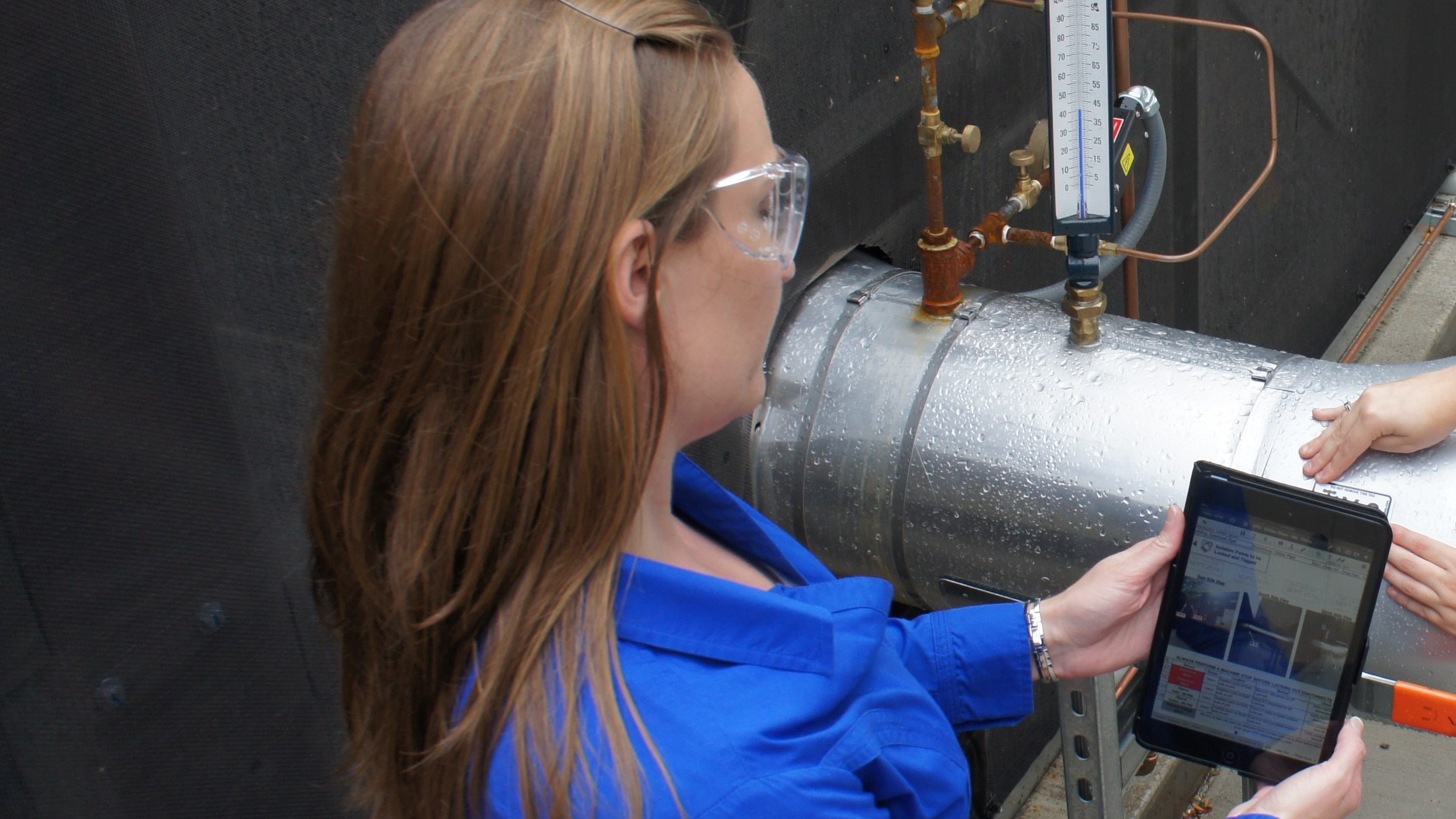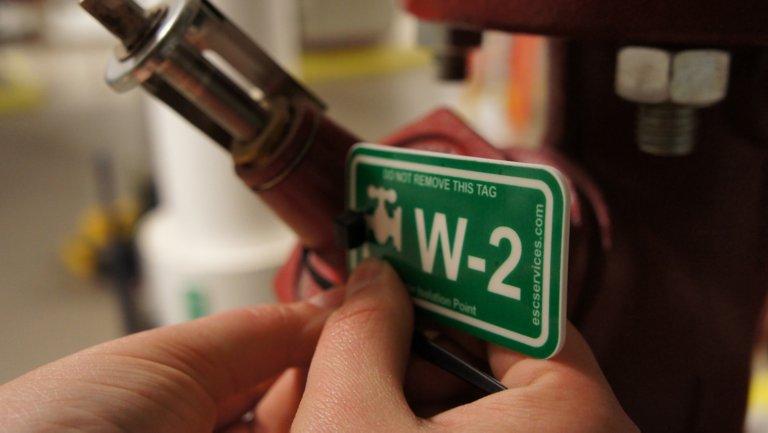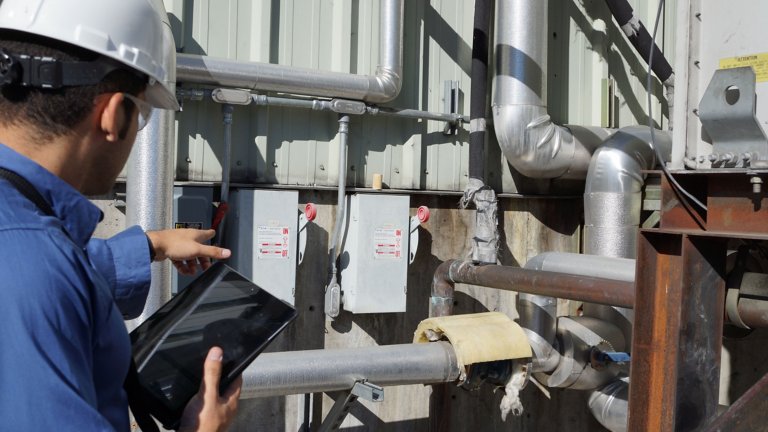Recommended For You
Servicing or performing maintenance on equipment can be dangerous to employees, so the Occupational Safety and Health Administration requires that only authorized employees be allowed to service or perform maintenance on equipment. With the goal of achieving safe and healthful working conditions, OSHA clearly defines in their standards who is considered an authorized employee, the responsibilities of an authorized employee, and who is considered an affected employee.
Who OSHA Defines as an Authorized Emplyee
By OSHA standards, an authorized employee is a person who locks or tags out equipment to perform servicing or maintenance. A machine is required to be locked out if the employee is placing any part of his/her body into the equipment or machine where work is being performed, or if any part of his/her body is in an associated danger zone. Additionally, if an employee bypasses a guard or other safety device, the machine must be locked out. The only exception is minor servicing or tool changes that are routine in nature. If an employee must do non-routine work on the equipment, they are considered an authorized employee.
Responsibilities of an Authorized Employee
Authorized employees are required to attend training on applicable hazardous energy, types, and magnitudes in the workplace. The training instructs authorized employees on how to perform lockout/tagout while servicing or performing maintenance. Authorized employees must know the proper steps for isolating and locking out energy sources and should be taught methods for verifying the accuracy of the lockout.
Authorized employees also need to understand how to perform a group lockout, handle shift changes, and know what to do in other special circumstances. In performing all lockout scenarios, it is the authorized employee’s responsibility to notify all employees in the area that a lockout is being performed. In doing so, they verify that no one interferes with the lockout, to confirm the safety of all authorized and affected employees.
Finally, authorized employees are capable of auditing lockout procedures as a part of the company’s annual program inspection. If selected by management, the authorized employee is not allowed to audit equipment they routinely work on, but may assist in the inspection of other procedures.
Who are Affected Employees?
As previously stated, an authorized employee is a person who performs lockout/tagout to protect themselves while servicing equipment. Employees who do not service equipment would be considered affected employees. Affected employees operate or are around equipment that requires lockout/tagout, but they are not authorized to do the servicing or to perform lockout. Affected employees are required to have awareness training to confirm they understand their responsibility, to not perform lockout or servicing activities and to be able to recognize when lockout is occurring so they can avoid interfering.
For an affected employee to become an authorized employee by OSHA regulation, the employee’s job would need to change to require them to perform servicing or maintenance on equipment. Additionally, the employee must have the proper training.
Implementing Lockout/Tagout
To service or perform maintenance on equipment, an authorized employee must follow procedures determined by the employer. They must be trained and have knowledge of the hazards associated with lockout/tagout. Knowing who can service equipment and giving them the correct instructions and training on how to do it safely, is key for maintaining a safe workplace.
For more information on the requirements of an authorized employee or for information on Rockwell Automation authorized employee training presentations, please contact us at RACSMSAFETY@ra.rockwell.com.
Published November 23, 2020




